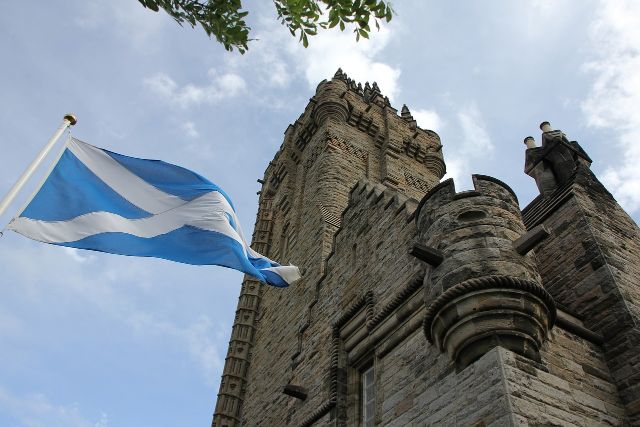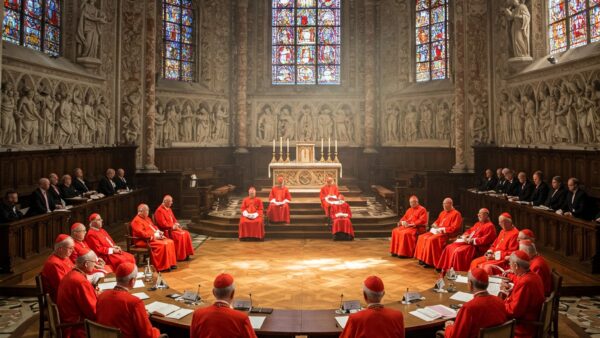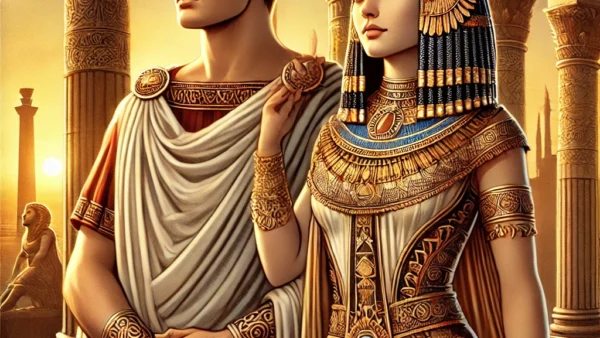The Historical Context of William Wallace
William Wallace, a name that has become synonymous with Scottish national heroism, is one of the most iconic figures in Scottish history. However, beyond the Hollywood portrayal of a kilt-clad warrior battling against English oppression, the true story of William Wallace is shrouded in historical debates and uncertainties. To uncover the authentic historical context of this enigmatic figure, it is imperative to delve into the tumultuous events of late 13th-century Scotland. During this period, Scotland was caught in a fierce power struggle between its native nobility and the domineering English monarchy. In the midst of this political turmoil and rising tensions, William Wallace emerged as a formidable force, seemingly driven by a burning desire for independence and the restoration of Scottish sovereignty. The historical backdrop of William Wallace’s era provides a crucial lens through which we can examine his actions, motivations, and the lasting legacy he has left behind.
Early Life and Origins: Separating Fact from Fiction
Early accounts of William Wallace’s life and origins are shrouded in myth and legend, making it difficult to separate fact from fiction. While popular films such as “Braveheart” have perpetuated the image of Wallace as a simple peasant turned national hero, historians have challenged this portrayal. Recent research suggests that Wallace, far from being an uneducated commoner, likely came from a noble or land-owning family. Furthermore, his early life was likely influenced by the complex political landscape of late 13th-century Scotland, where tensions between Scottish nobles and English invaders ran high. By examining historical records and piecing together fragmented evidence, scholars aim to unravel the true story of William Wallace, shedding light on his origins and early experiences that paved the way for his legendary resistance against English rule.
The Wallace Rebellion: Examining the True Motives
The motives behind the Wallace Rebellion, often overshadowed by the Hollywood portrayal in the film Braveheart, remain a subject of debate among historians. Some argue that William Wallace’s motivation was primarily nationalist, fueled by a desire to reclaim Scottish independence from English domination. This perspective is supported by the fact that Wallace’s uprising emerged during a time of intense English oppression, with heavy taxation and widespread abuse of the Scottish people. Additionally, Wallace’s actions, such as the sacking of Lanark and his victory at Stirling Bridge, are seen as strategic moves aimed at weakening English control.
However, others contend that Wallace’s rebellion was motivated by personal grievances, seeking vengeance for the murder of his wife, Marian Braidfute, at the hands of English soldiers. This perspective argues that Wallace’s actions were more akin to acts of revenge, rather than a calculated bid for Scottish independence. Despite the ongoing debate, it is clear that understanding the true motives behind the Wallace Rebellion is essential for unraveling the complex and multifaceted story of this Scottish hero.
Wallace’s Military Tactics and Achievements: Separating Myth from Reality
Wallace’s military tactics and achievements have been largely mythologized in popular culture, particularly in the film Braveheart. However, separating the myth from reality reveals a more nuanced and complex picture of Wallace’s military prowess. While he undoubtedly displayed both strategic and tactical brilliance in his campaigns against the English, it is important to recognize that he was not the sole architect of these tactics. Wallace’s success can be attributed, to a large extent, to his ability to unite various Scottish clans under a single banner, creating a formidable force against the English invaders.
Additionally, his extensive knowledge of the terrain and guerrilla warfare tactics allowed him to effectively counter the well-armed and organized English army. It is also worth noting that Wallace’s military achievements did not go unchallenged, as he faced several defeats and setbacks throughout his campaigns. By examining the true story of William Wallace, we gain a more accurate understanding of his military tactics and the challenges he faced in his fight for Scottish independence.
The Battle of Stirling Bridge: Unraveling the True Story
The Battle of Stirling Bridge holds a significant place in Scottish history, and yet its true story has long been shrouded in myths and inaccuracies. One particular aspect that has been misinterpreted is the role of Sir Andrew Moray, who is often overlooked in favor of William Wallace. However, recent research has shed light on the true character and contributions of Moray during this crucial battle. Contrary to popular belief, Moray was not merely a sidekick to Wallace but a formidable leader in his own right. Historical records indicate that Moray was a key figure in the planning and execution of the battle, commanding a sizable portion of the Scottish army. His strategic acumen and military prowess were instrumental in the Scottish victory, and it is time to recognize Moray as an essential figure in the Battle of Stirling Bridge.
Wallace’s Leadership and Legacy: Assessing his Influence
Wallace’s leadership and legacy left a lasting impact on not only the Scottish people but also on the broader historical narrative. His influence can be seen in several aspects, particularly in the realm of Scottish nationalism and the fight for independence. Wallace’s ability to unify different clans and inspire them to join the cause of liberating Scotland from English rule is a testament to his remarkable leadership skills. Moreover, his military strategies, especially the successful Battle of Stirling Bridge, showcased his tactical genius and solidified his reputation as a formidable leader.
Furthermore, Wallace’s legacy extends beyond his lifetime, as he became an iconic figure in Scottish history and a symbol of resistance against oppression. His story has been immortalized in numerous literary works, songs, and most notably, the Hollywood blockbuster film “Braveheart.” While there are debates regarding the historical accuracy of certain aspects of the movie, it is undeniable that its widespread popularity has further solidified Wallace’s enduring legacy and perpetuated his influence on popular culture. Thus, it is clear that Wallace’s leadership and legacy have played a crucial role in shaping Scotland’s historical narrative and continue to inspire countless individuals seeking freedom and justice.
The Trial and Execution of William Wallace: Setting the Record Straight
In conclusion, the trial and execution of William Wallace are surrounded by historical controversies and sensationalized depictions, perpetuated by popular culture and the film industry. However, a careful examination of historical records reveals a different narrative that challenges the widely accepted portrayal of Wallace as a bloodthirsty rebel and traitor. It is evident that his trial was highly irregular, lacking any semblance of due process, and was primarily a means for the English monarchy to further suppress Scottish resistance. Furthermore, the manner in which Wallace was executed, being hanged, drawn, and quartered, speaks to the severity of punishment reserved for those considered enemies of the crown. By setting the record straight and examining the historical context, we can gain a deeper understanding of the true story of William Wallace, a man whose legacy extends far beyond the Hollywood screen.
The Legacy of William Wallace: From History to Pop Culture
In addition to historical accounts and cinematic depictions, the legacy of William Wallace has permeated popular culture through various mediums and forms. Through music, literature, and visual arts, Wallace’s iconic image and his struggle for Scotland’s independence have resonated with audiences worldwide. Musicians have immortalized Wallace’s story through powerful ballads, such as the famous “Braveheart” theme composed by James Horner for the eponymous film.
Wallace’s character has also been the inspiration for numerous literary works, including historical novels and poems that continue to captivate readers with tales of heroism and resilience. Moreover, his image is frequently portrayed in paintings, statues, and other visual artworks, which not only celebrate his valiance, but also serve as a reminder of the enduring impact he made on Scotland’s history. Thus, William Wallace’s legacy extends far beyond the boundaries of history and film, leaving an indelible mark on popular culture, and ensuring that his memory prevails in the public consciousness for generations to come.
Originally posted 2023-08-04 08:47:04.





There is 1 comment
Comments are closed.